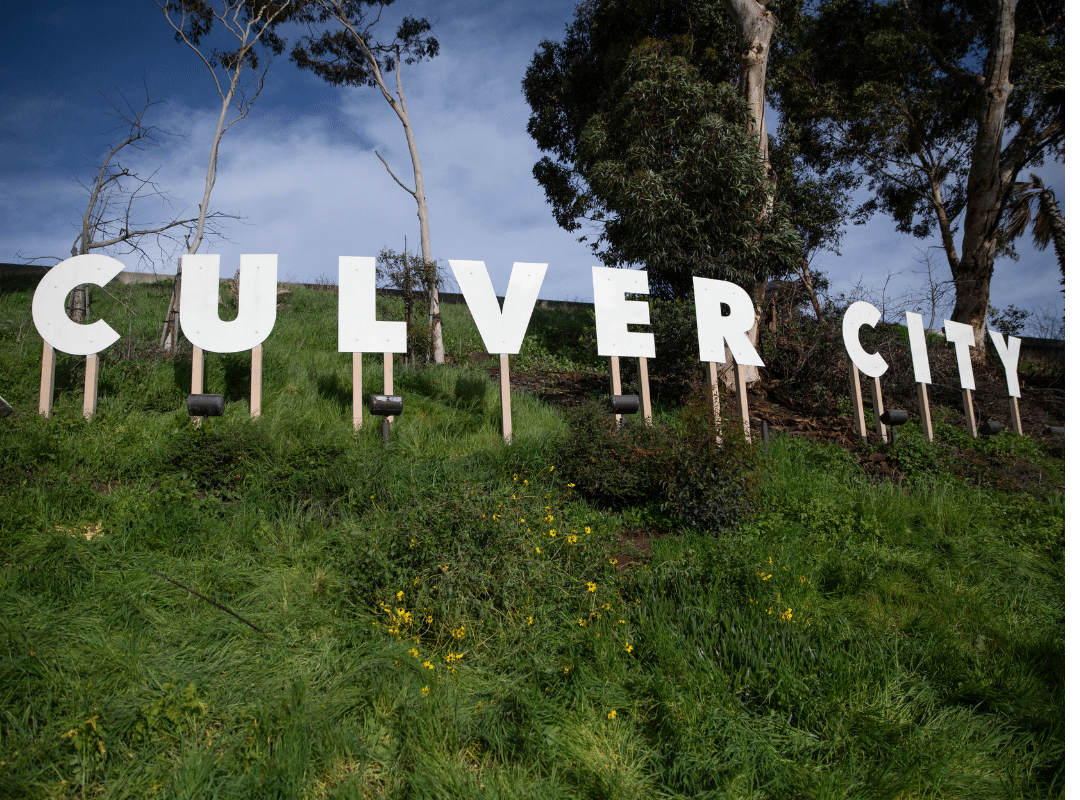
What Is the Impact of Age on Flexibility?
As we grow older, it’s natural for our bodies to change, but what is the impact of age on flexibility? For many seniors, the gradual
Gain expert insights and practical tips to help seniors and their families navigate senior living with confidence.
Category: Memory Care

As we grow older, it’s natural for our bodies to change, but what is the impact of age on flexibility? For many seniors, the gradual

Caring for an elderly parent is one of the most meaningful and emotionally complex roles you can take on. Whether you’re stepping in gradually or

If you’re searching for a special dining experience in Southern California, nice restaurants in Riverside, CA, offer the perfect blend of ambiance, flavor, and hospitality.

Are you wondering what to do in Culver City, CA, for an enriching, family-friendly day? Whether you’re a resident or a visitor, Culver City is

Aging is inevitable, but how to reverse aging eyes is a question many seniors are now empowered to answer. The eyes are often the first

Exploring restaurants in San Luis Obispo doesn’t just mean finding a place to eat—it’s about creating moments with loved ones in welcoming, accessible, and comforting

If you’re searching for a vibrant, maintenance-free lifestyle in a scenic community, independent living in Morgan Hill, CA, might be the perfect solution. At Westmont

Fresno is a vibrant city full of attractions that cater to all ages, including seniors seeking enriching, leisurely experiences. Whether you’re a local or planning

As people age, keeping track of daily medications can become increasingly challenging. That’s why medication reminders for the elderly are essential in supporting independence, health,

Lincoln City is more than just a picturesque coastal town—it’s also home to one of the most vibrant and inclusive senior recreation programs in Oregon.
Discover the level of care you or your family member requires.
Popular Blogs





Find out if you or your loved one’s current lifestyle is best suited for long, healthy aging.
Each of our communities across California and Oregon offers a unique blend of activities, connection, and wellness.
Embrace a lifestyle where your interests and independence are celebrated every day.
9000 Murray Drive La Mesa, CA 91942
Luxury redefined in a resort-style setting, tailored for dynamic senior living experiences.
190 Via Jero, Goleta, CA 93117
Where warmth meets care, curating an inviting senior living experience.
17050 Arnold Drive Riverside, CA 92518
A harmonious blend of belonging, independence, and enriching senior lifestyles.
All Rights Reserved. Powered by ConversionFormula.
Pick a Westmont community to explore and schedule your personal walkthrough!
Make yourself at home where a happy, healthy lifestyle goes hand-in-hand with your personal fulfillment, enrichment, and growth.
Answer a few quick questions to unlock the exciting future senior living can offer!